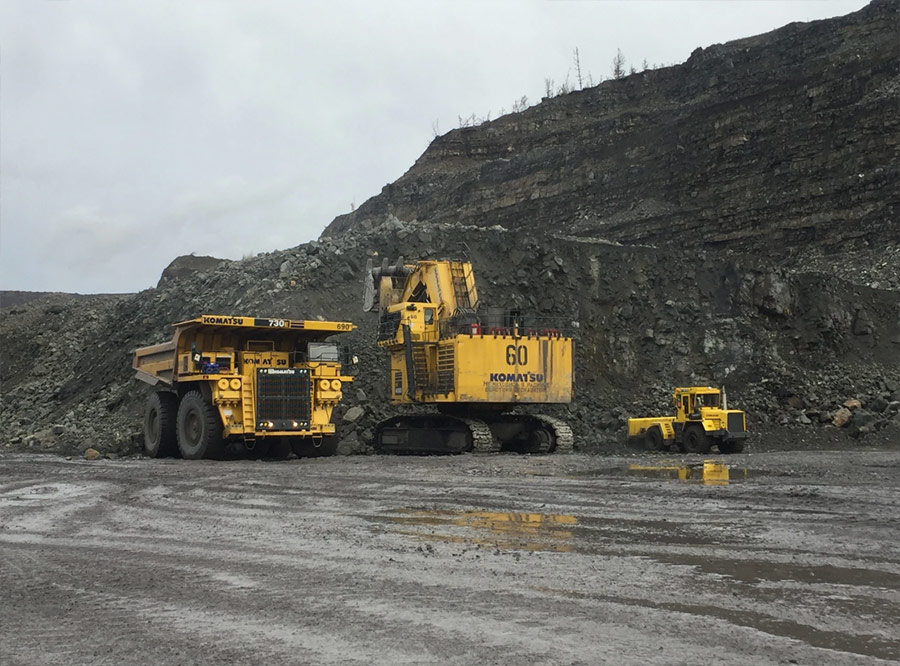Africa hosts about 30% of the world’s total mineral reserves and a higher share of diamonds, vanadium, manganese, platinum, cobalt and gold deposits. However, unlocking the true potential of the continent’s metals and minerals industry also hinges upon the ability to efficiently move product from the mine to the customer.
Ceenex has extensive experience in the field of mining logistics. This learning has been deployed on many successful flagship mining projects in South Africa and in other countries on the continent on behalf of leading Engineer, Procure, Construct and Manage (EPCM) contractors. Among these are the successful completion of cutting-edge simulations of mining logistics from pit to ship via barge transshipment during the projects’ Pre-Feasibility and Feasibility phases.
These simulations identify where exactly the bottleneck is in the entire system and whether throughput targets can be met on time and at minimal cost.
They also help to determine the optimal run-of-mine stockpile size to effectively buffer mining plant production. By being able to ascertain the tip bin capacity and conveyor feed rate, it is also possible to buffer the feed conveyor from truck tipping.
Moreover, the modelling can determine the number and capacities of plant modules that are required for the project, as well as product stockpile size to effectively buffer transport to port from plant production.
Our simulations also help to verify the number and capacity of trucks and trains that are required to transport the required tonnes at the lowest cost and least risk. This is in addition to determining the required port stockpile size to effectively buffer barge loading from overland transport.
Moreover, the ability to determine the ideal loading rate enables the optimisation of the number and capacity of tugboats and barges, as well as their loading processes.
The simulations also facilitate an improved understanding of the minimum vessel loading rate for a specific barge configuration to improve vessel loading rates.
Notably, they have also helped to develop operating philosophies for those operations that interact and have an impact on the entire throughput rate of the system.

